If you can’t fly then run, if you can’t run then walk, if you can’t walk then crawl, but whatever you do you have to keep moving forward.
– Dr. Martin Luther King, Jr.
For most unmarried young adults, it seems that by the time you hit 30, you could say that you are starting to feel like Jane from the movie, 27 Dresses. There does seem to be this wave from your mid-20s to 30 of constant spring and summer weddings. However, plot twist, this is not my reality at all. In fact, I’d say I’m surrounded by a lot of people of various ages that one reason or another have decided not to get married (yet or at all). Therefore, I’ve only been to a handful of weddings and I can honestly say I haven’t felt wedding fatigue. So, when my aunt let me know that my cousin was getting married in June, I was thrilled at the opportunity! Not only was it going to be a family reunion of sorts, but Victor was finally going to get a chance to meet my dad’s side of the family.
Of course, the other fun aspect of this trip was that the wedding was going to be in one of my family’s home bases, Georgia. We stayed a week with my aunt and uncle in a suburb of Atlanta (more on that later). But, before the rest of the extended arrived for the wedding, we decided to spend a few days with my mom to explore Atlanta! Growing up I never got to spend much time in Atlanta, so I was really excited to see what this Southern capital had to offer.
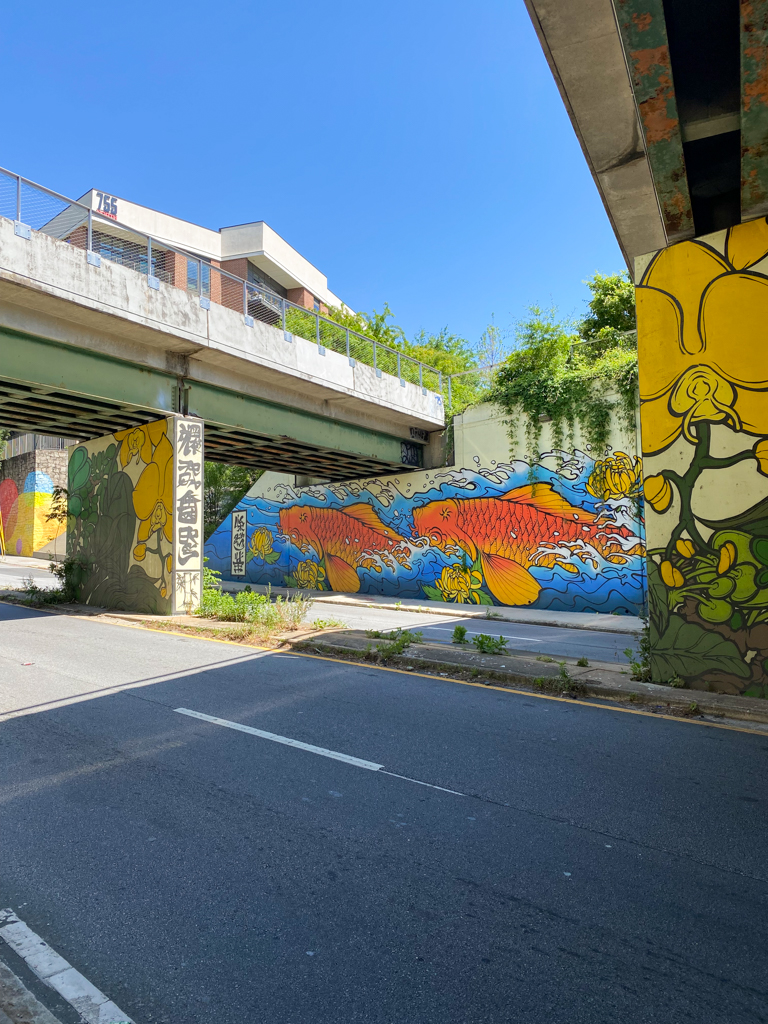
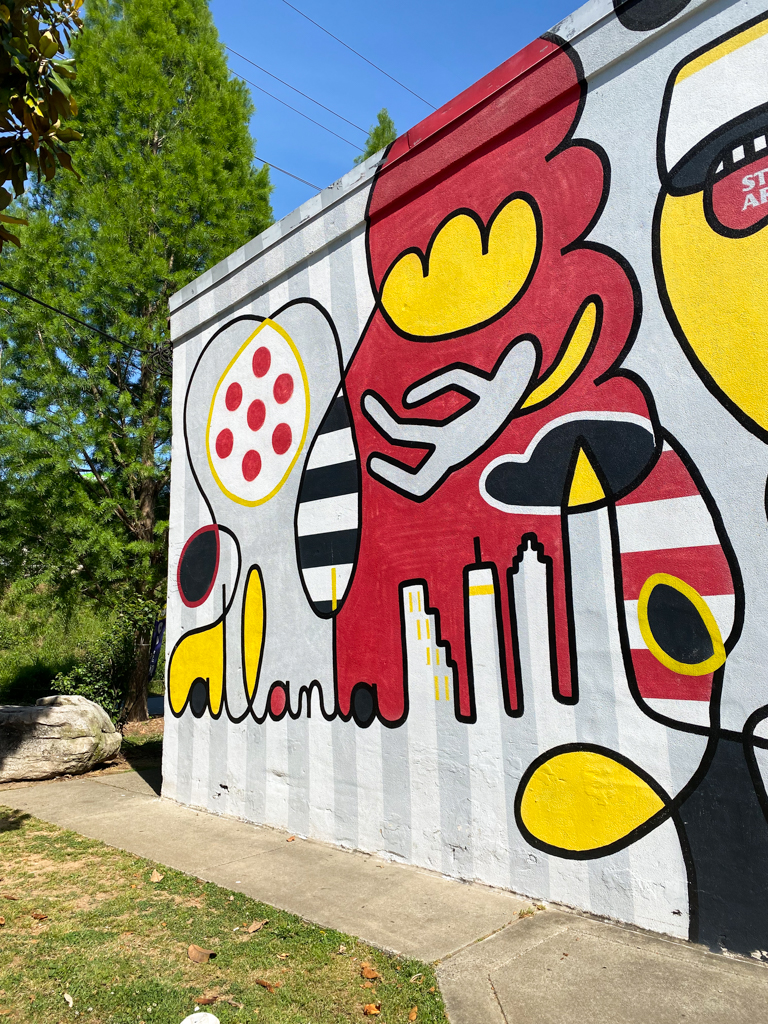
The Aquarium
Even back then as a child, I had always wanted to go to the aquarium (a childhood dream really) and so, this time around, I finally got to go! The Georgia Aquarium opened in 2005 and, until 2012 when it was surpassed by an aquarium in China, it was the largest aquarium in the world. Needless to say, it’s still huge as it’s the largest aquarium in the United States.
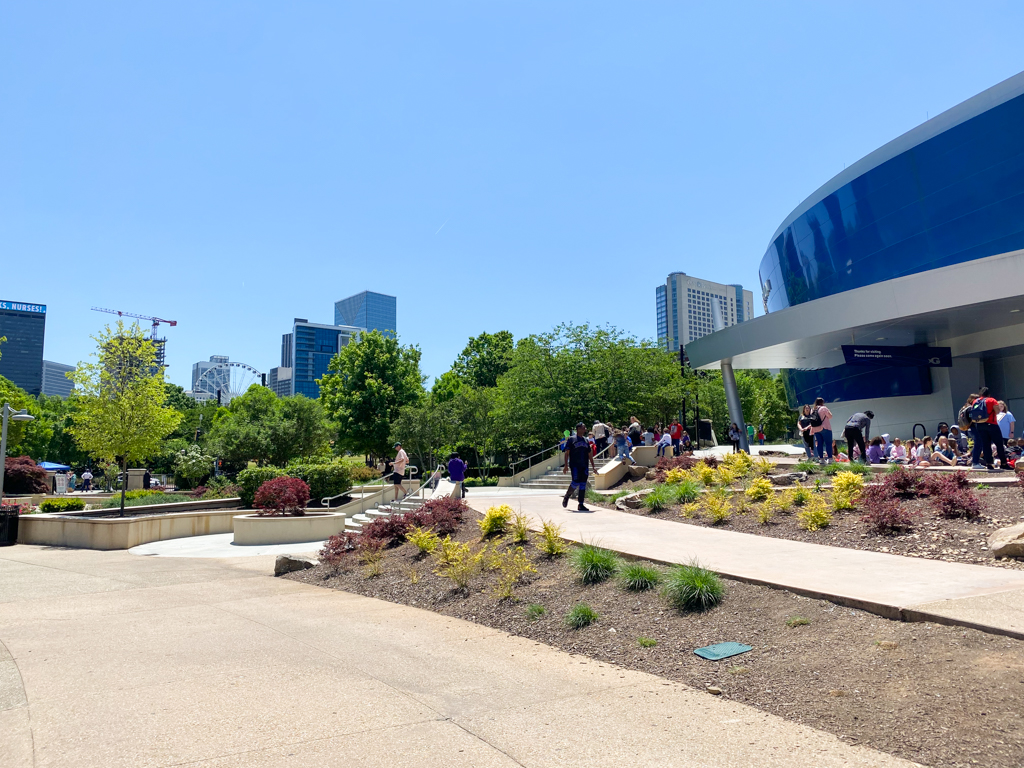 As an adult, I’ve had to come to terms with how I feel about aquariums and zoos more generally. I’m an animal lover at heart, and other animal lovers out there may raise an eyebrow at this claim. A visit to the aquarium is oftentimes a fond childhood memory for many people. In fact, I bet many marine biologists would state that their love of the ocean and marine animals started when they visited an aquarium. I firmly believe that there are bad aquariums and good aquariums. I also believe that a bad aquarium can transform and become a good one. What does a good aquarium look like? In my view, a good aquarium is one that does not use animals for entertainment, ethically takes care of the animals, and makes substantial and meaningful contributions to marine conversation projects around the globe.
As an adult, I’ve had to come to terms with how I feel about aquariums and zoos more generally. I’m an animal lover at heart, and other animal lovers out there may raise an eyebrow at this claim. A visit to the aquarium is oftentimes a fond childhood memory for many people. In fact, I bet many marine biologists would state that their love of the ocean and marine animals started when they visited an aquarium. I firmly believe that there are bad aquariums and good aquariums. I also believe that a bad aquarium can transform and become a good one. What does a good aquarium look like? In my view, a good aquarium is one that does not use animals for entertainment, ethically takes care of the animals, and makes substantial and meaningful contributions to marine conversation projects around the globe.
The Georgia Aquarium is particularly famous for its large animals like whale sharks and beluga whales. These animals are largely rescued from other artificial environments where they have previously suffered in an inadequate environment and cannot be released into the wild. As of 2016, the Georgia Aquarium stated that it would not be taking whales or dolphins that have been caught in the wild. I think there’s still a lot of work to be done, but I’m happy to see that they’re going in the right direction.

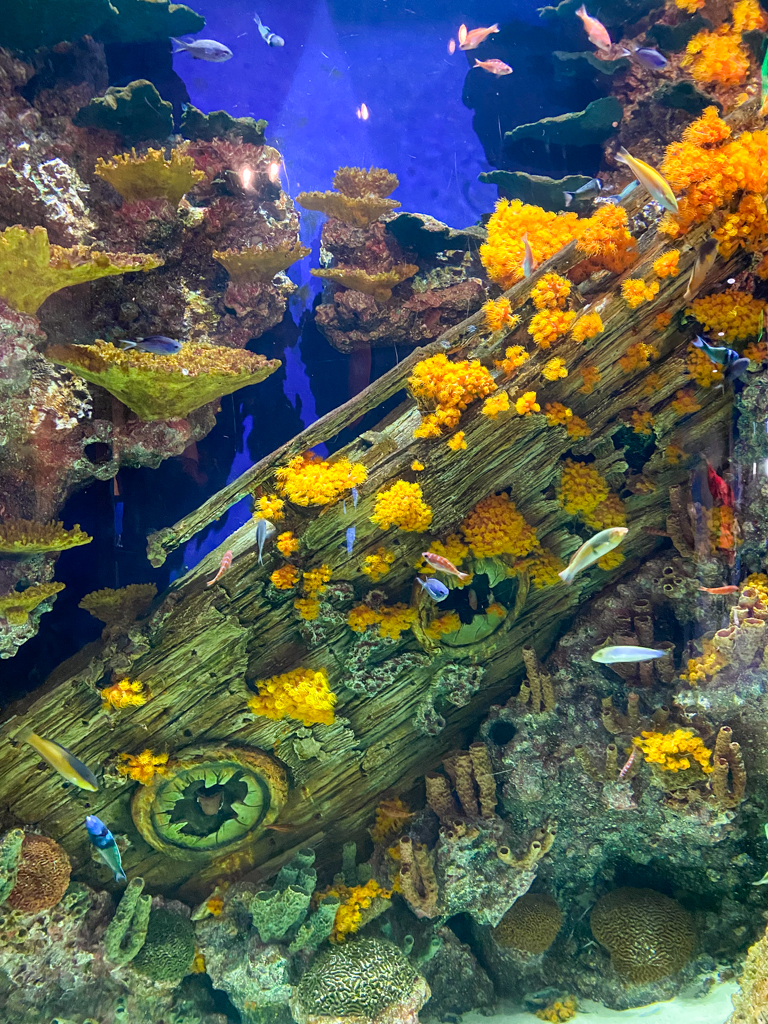
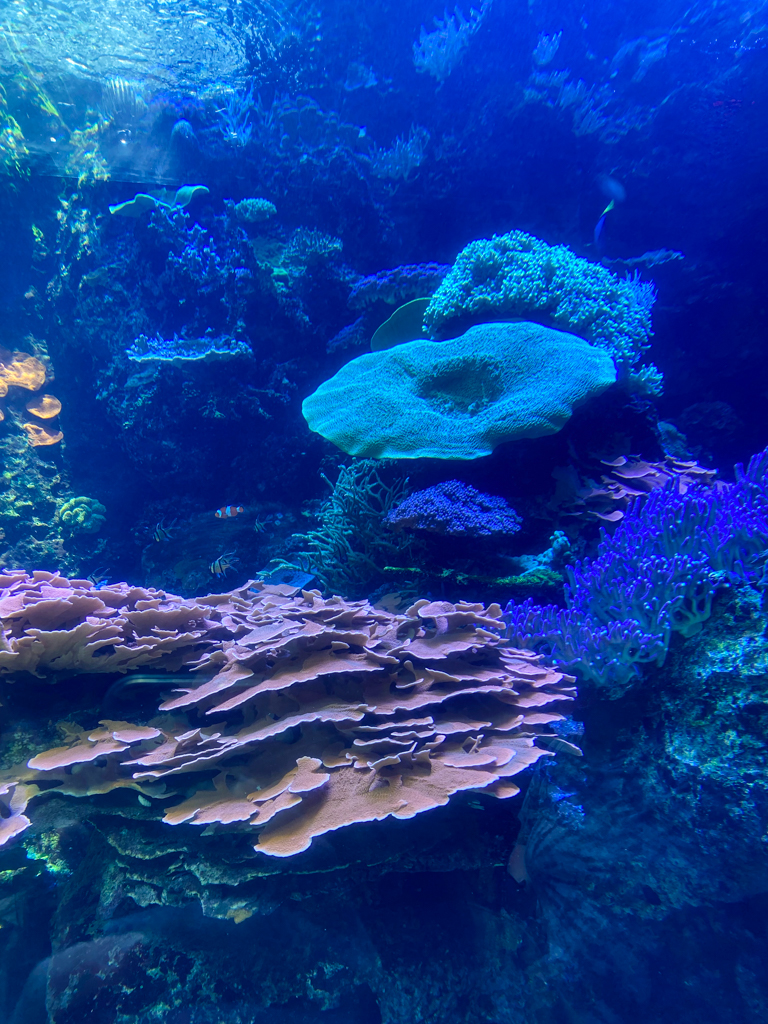
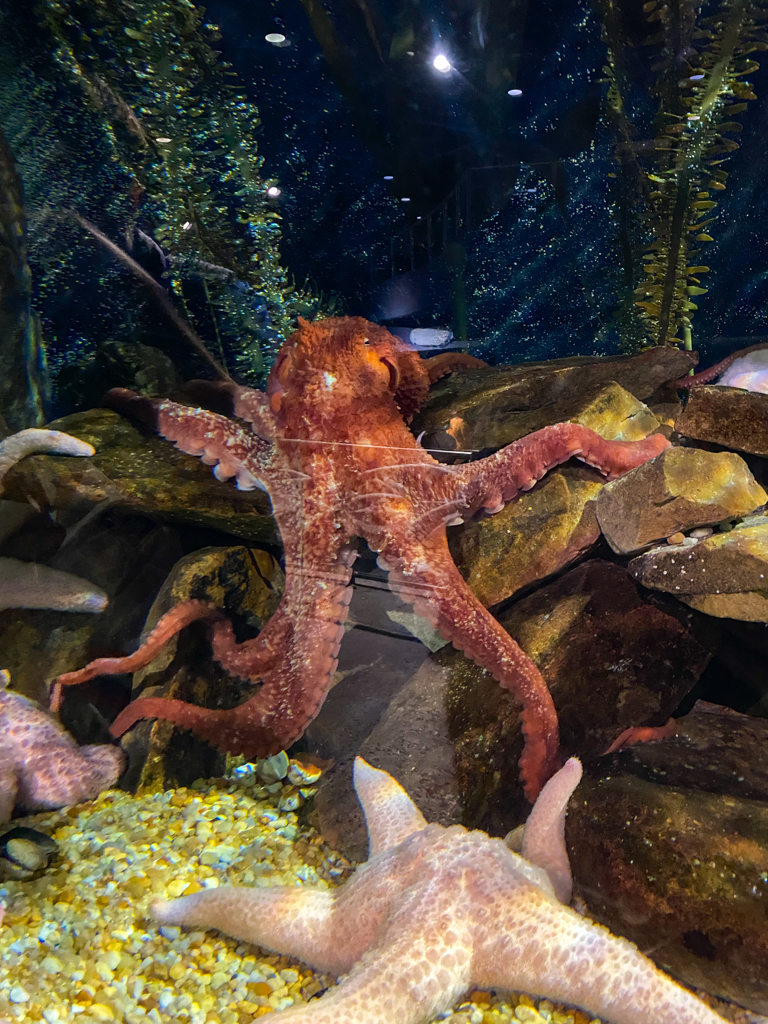
Martin Luther King, Jr.’s Hometown
After the aquarium, we visited the Martin Luther King, Jr. National Historical Park. This was actually number one on my list of places to visit in Atlanta. In case you may not be aware, Dr King was born in Atlanta and continued to grow up and live here. The park covers around 35 acres of land related to the life and work of the civil rights leader (also known as Dr King) in his very own hometown, Atlanta!
We headed over to the park’s Visitor Centre to buy tickets to visit Dr King’s birth home a little bit later, so we had some time before our time slot. And so we started in a rather sensible place, the Visitor Centre. Its main feature is a multimedia exhibit called “Courage To Lead”, which follows the parallel paths of Dr Martin Luther King Jr. and the Civil Rights Movement. It’s a powerful and compelling exhibit, and, in my opinion, really well done.
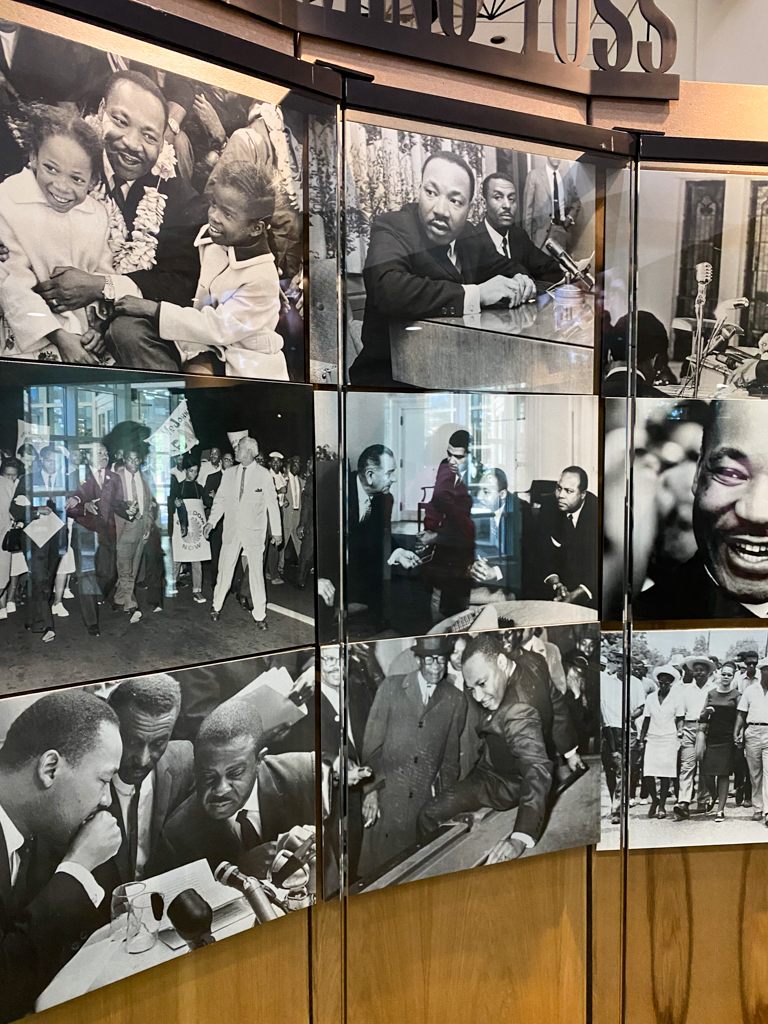
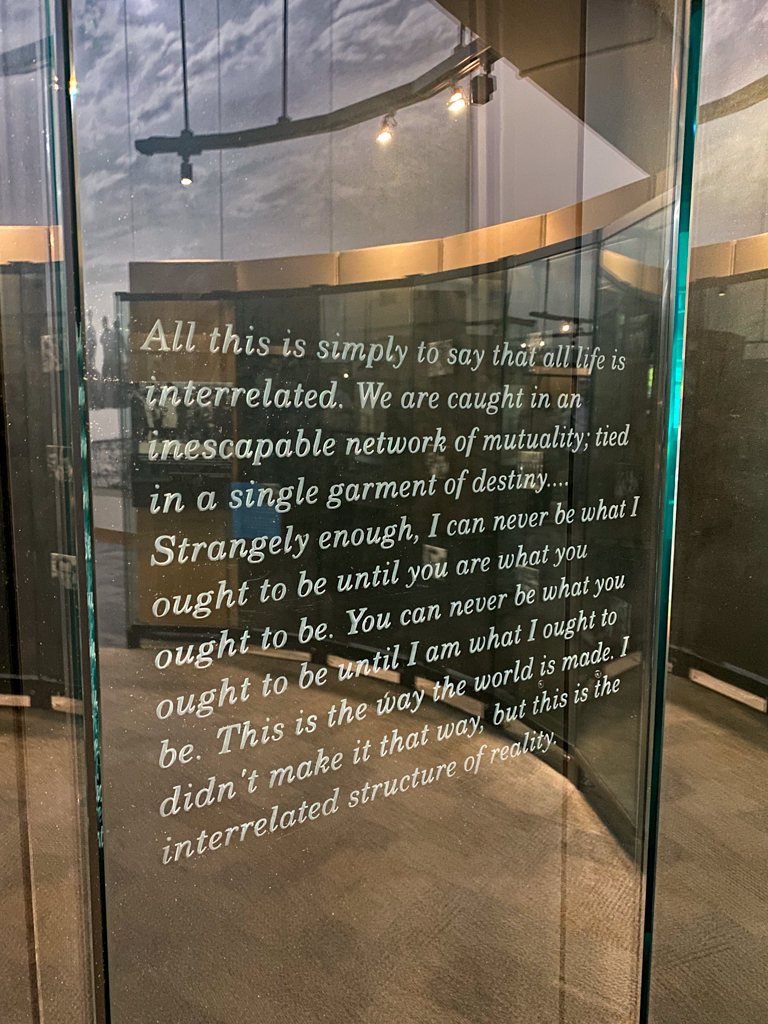
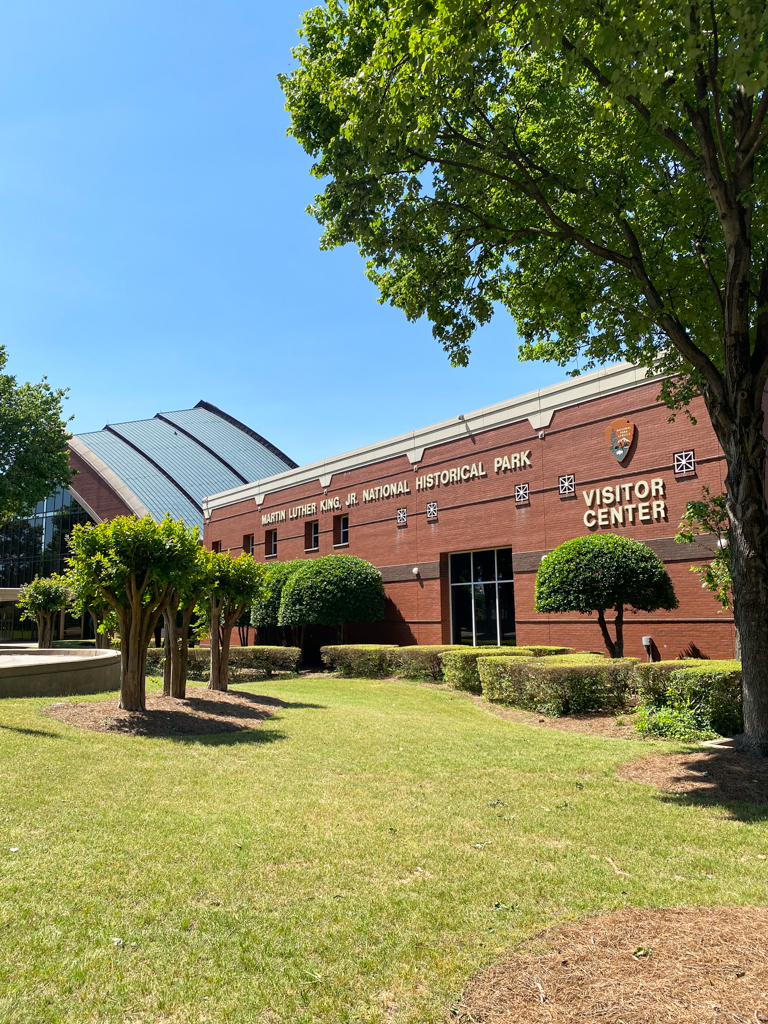
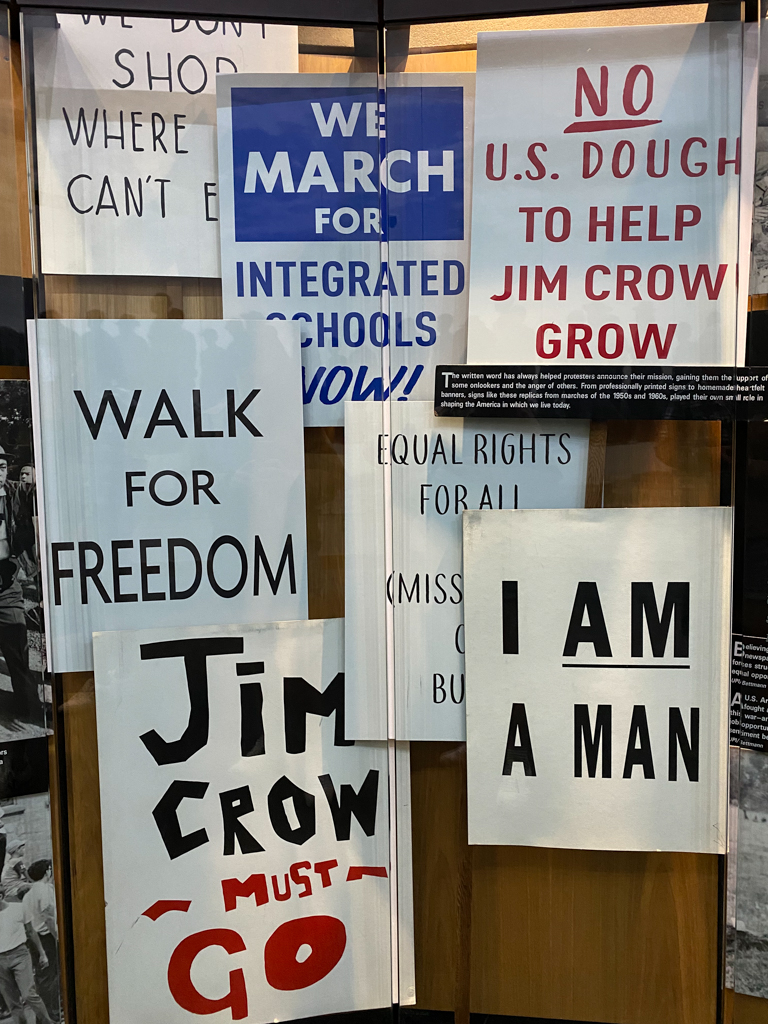
In 1968, after Dr King’s death, his wife Coretta Scott King founded the Martin Luther King Jr. Center for Nonviolent Social Change (known as the King Center). The King Center is the official memorial dedicated to the advancement of the legacy of Dr King. It is essentially a research, education, and training centre, guided by the principles, philosophy, and methods of Dr King, particularly on nonviolence. Dr and Mrs King’s Tomb is located here. In addition, there is a beautiful reflecting pool and eternal flame, symbols of Dr King’s dream of justice, peace, and equality for all.

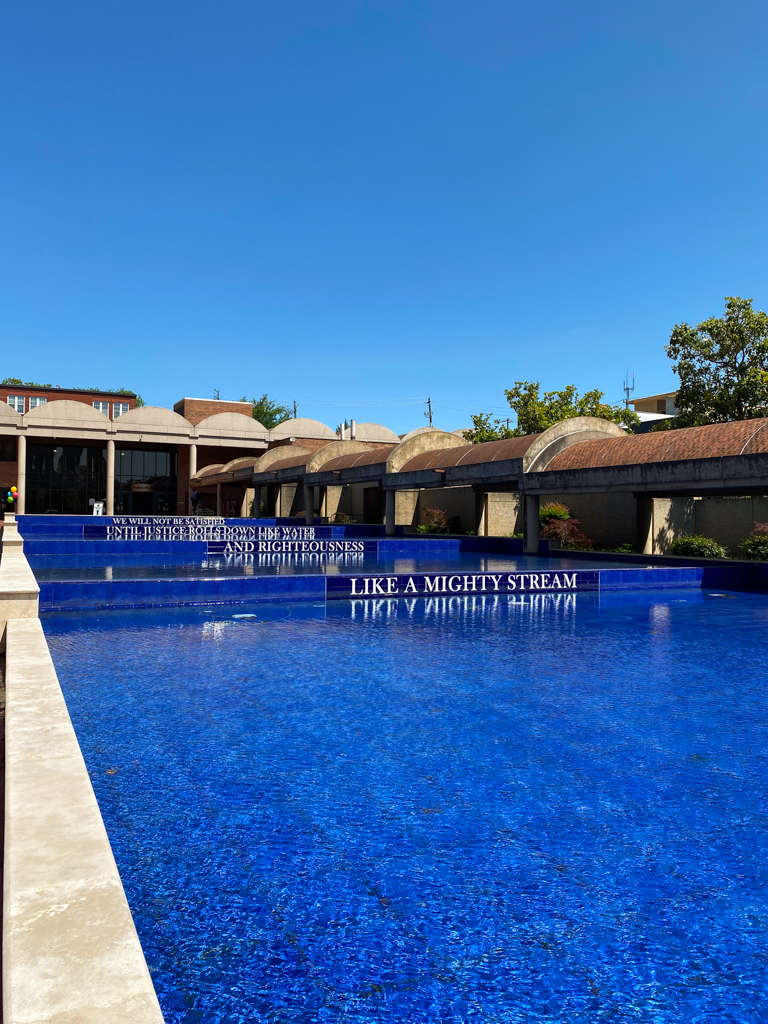
At long last, our time slot arrived and so our tour guide welcomed us into the birth home of Dr King. The tour guide was a nice, down-to-earth sort of guy, who was also a National Park Service ranger (as the park is part of the NPS). Dr King was born and raised in this house. His grandfather, A.D. Williams, had bought the house in 1909 where he lived with his wife, Jennie, and their daughter, Alberta. A.D. Williams was a minister in rural Georgia, moved to Atlanta in 1893, and became pastor of the Ebenezer Baptist Church in the following year. The Church is just a block away from the home. Alberta met Martin L. King (then known as Michael King), and they married in 1926. After their wedding, they moved into an upstairs bedroom at the Williams family home, which is where all three of their children were subsequently born, including Dr King.
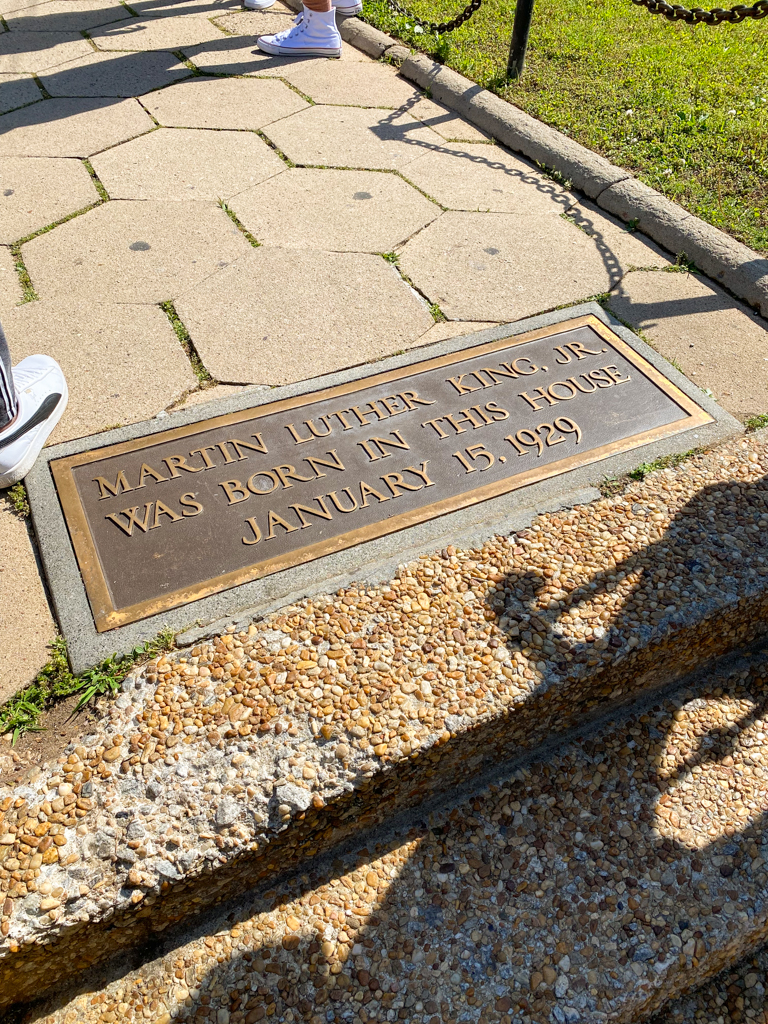
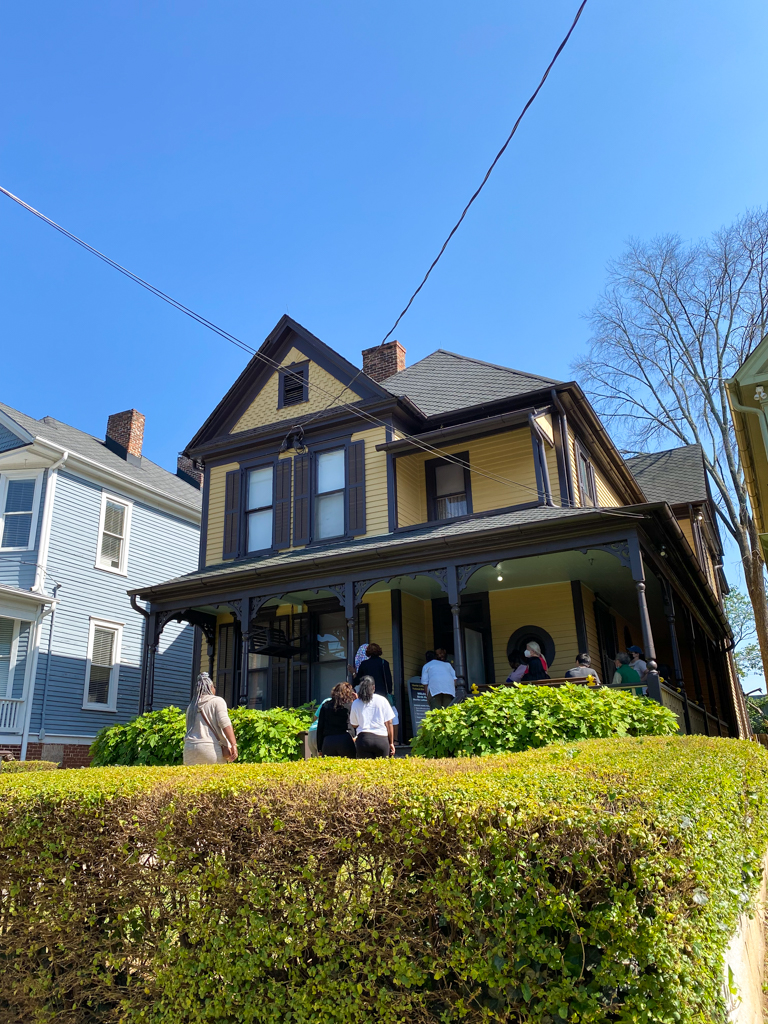
The birth home is located in the residential section of the Sweet Auburn Historic District, a historic African-American neighbourhood. It’s significant for its history and development as a segregated area under Georgia’s Jim Crow laws. Much of the neighbourhood has been destroyed or replaced, but there are still some historic houses.

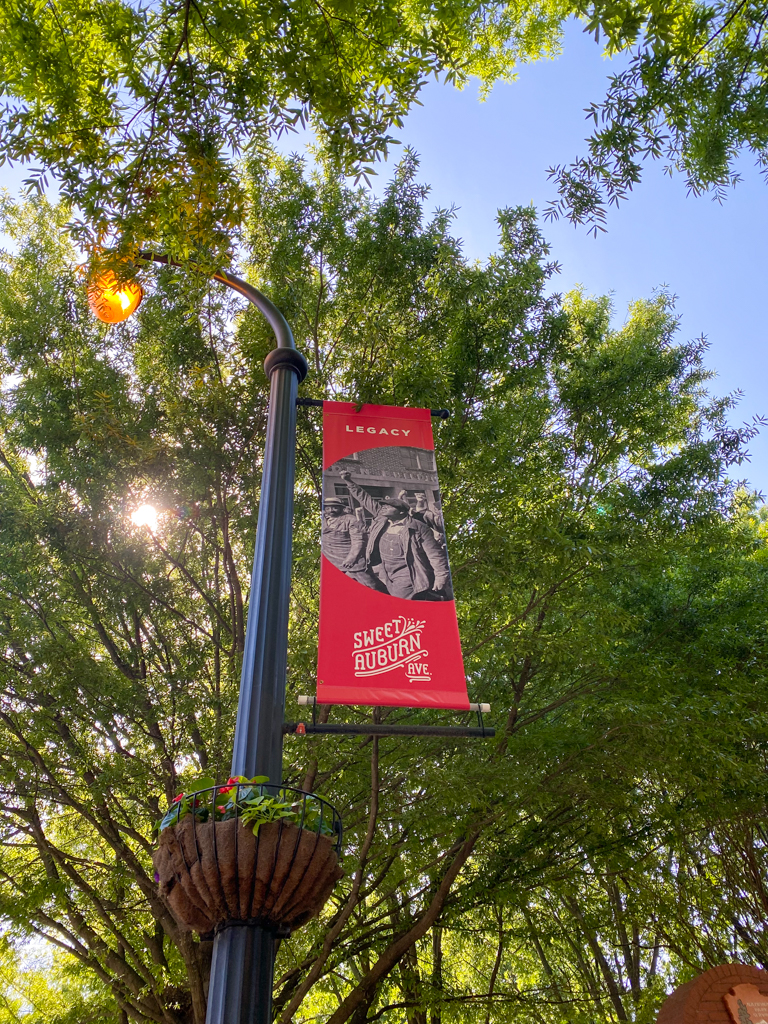 I’m so glad this area of Atlanta is protected as it holds a lot of history that is really important to remember and reflect on.
I’m so glad this area of Atlanta is protected as it holds a lot of history that is really important to remember and reflect on.
Botanical Garden
The next day we headed back to Atlanta for another day of exploring. We started our morning at the Atlanta Botanical Garden. A true urban oasis, the Botanical Garden is made up of 30 acres of interesting trees and flowers.
 At the time of visiting, the Garden had a special exhibition on called “Origami in the Garden”. It featured 18 installations of metal sculptures inspired by the Japanese art of folding paper. Indeed, throughout the Garden, we saw several large-scale sculptures including flowers, animals and birds. The exhibition was really fun and added that much joy and wonder to the already beautiful specimens present.
At the time of visiting, the Garden had a special exhibition on called “Origami in the Garden”. It featured 18 installations of metal sculptures inspired by the Japanese art of folding paper. Indeed, throughout the Garden, we saw several large-scale sculptures including flowers, animals and birds. The exhibition was really fun and added that much joy and wonder to the already beautiful specimens present.

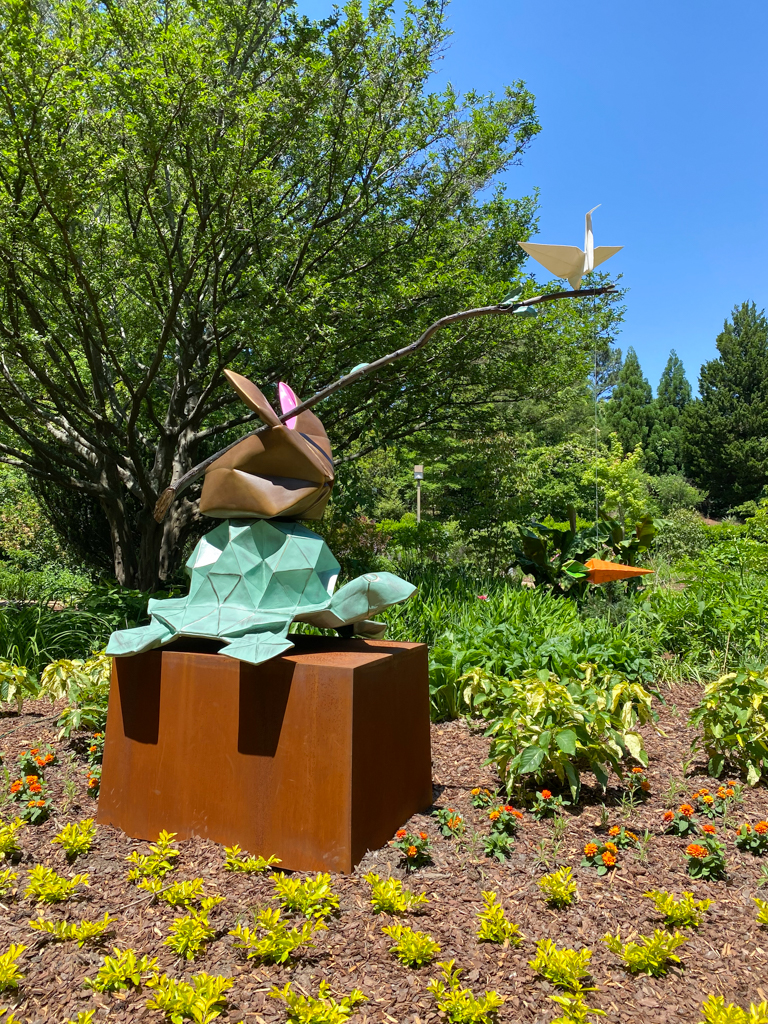
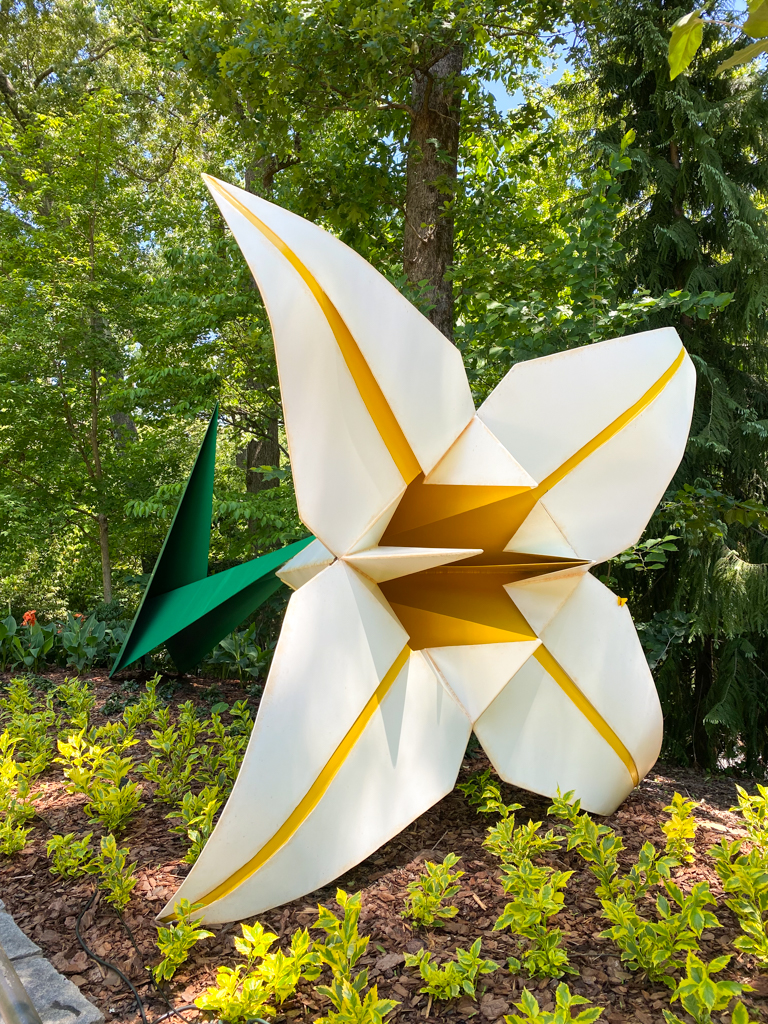
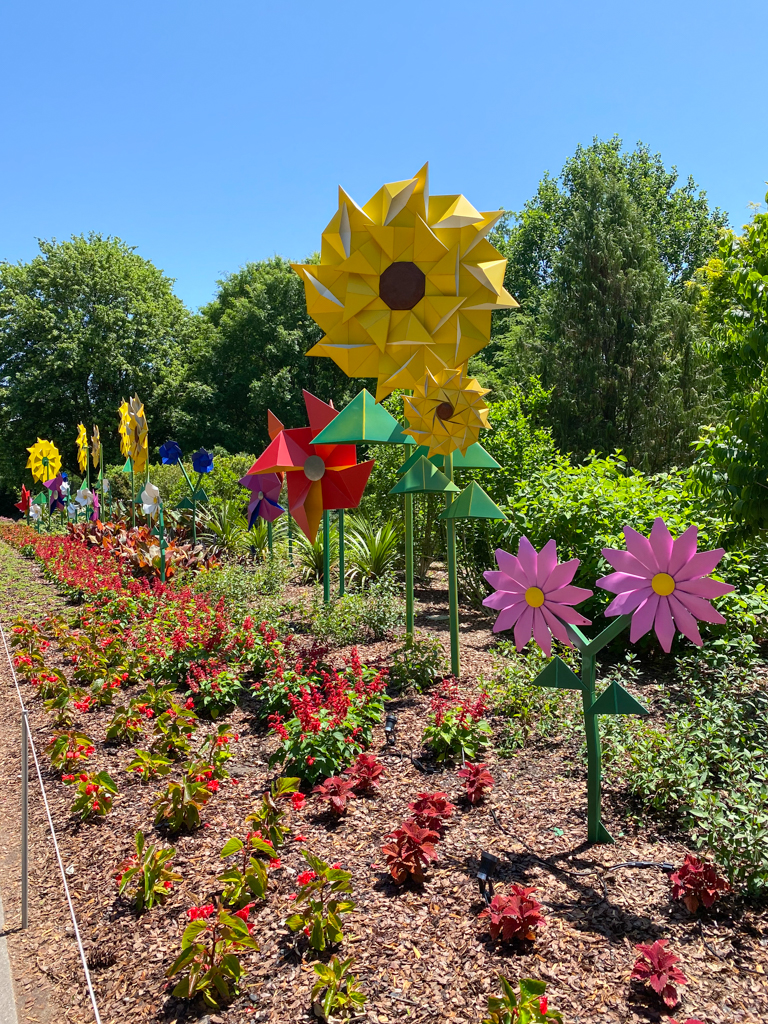
My mother has always been a huge fan of orchids, so much so that she insisted my dad buy her an orchid plant instead of roses every year for their anniversary. It’s true, orchids are some of the most captivating plants in the world as I know so many people that love them dearly. The Garden has its own orchid haven at the Fuqua Orchid Center.
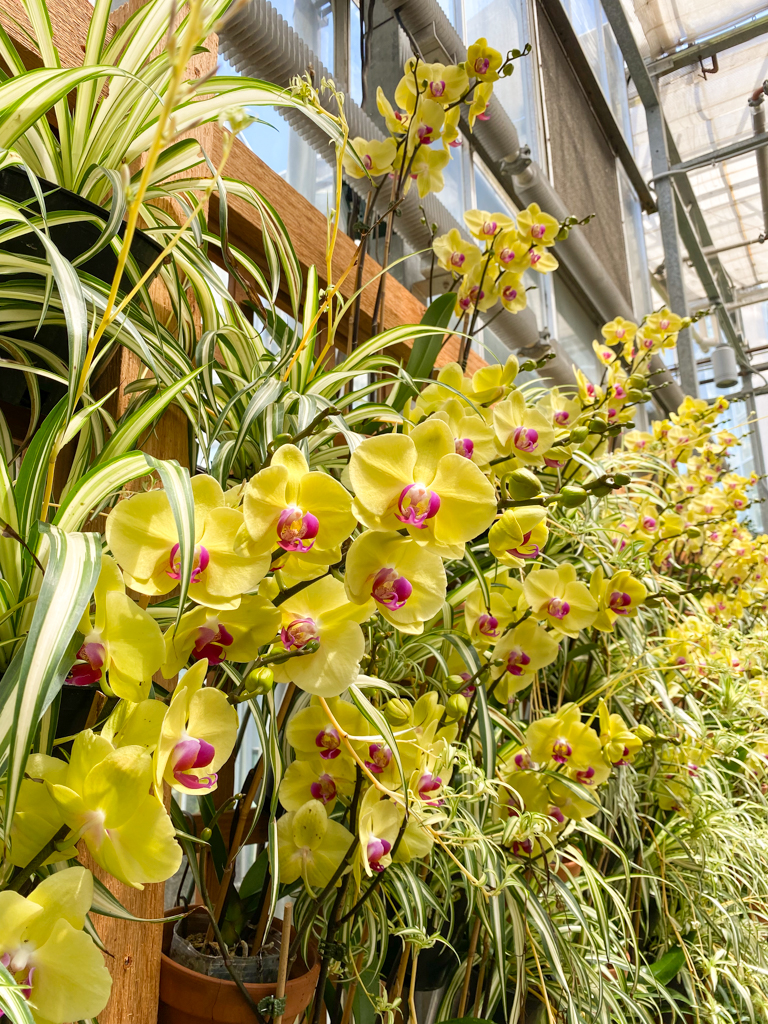
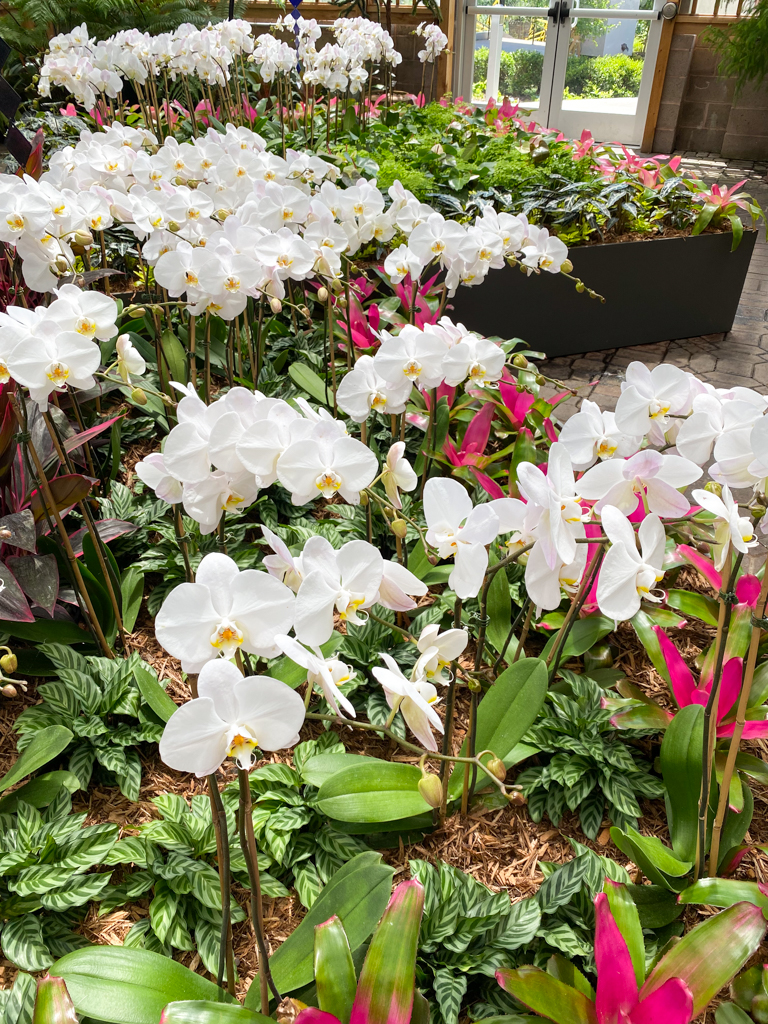
Another interesting part of the Garden is its carnivorous plant collection. Indeed, inside the conservatory, you can see Nepenthes (Asian Pitcher Plants). However, it was the collection outdoors that really fascinated me. There were huge plots of Sarracenia pitcher plants. Apparently, they grow in the Southwestern US, but I had never seen so many of these fascinating plants together before. It really was a marvel!
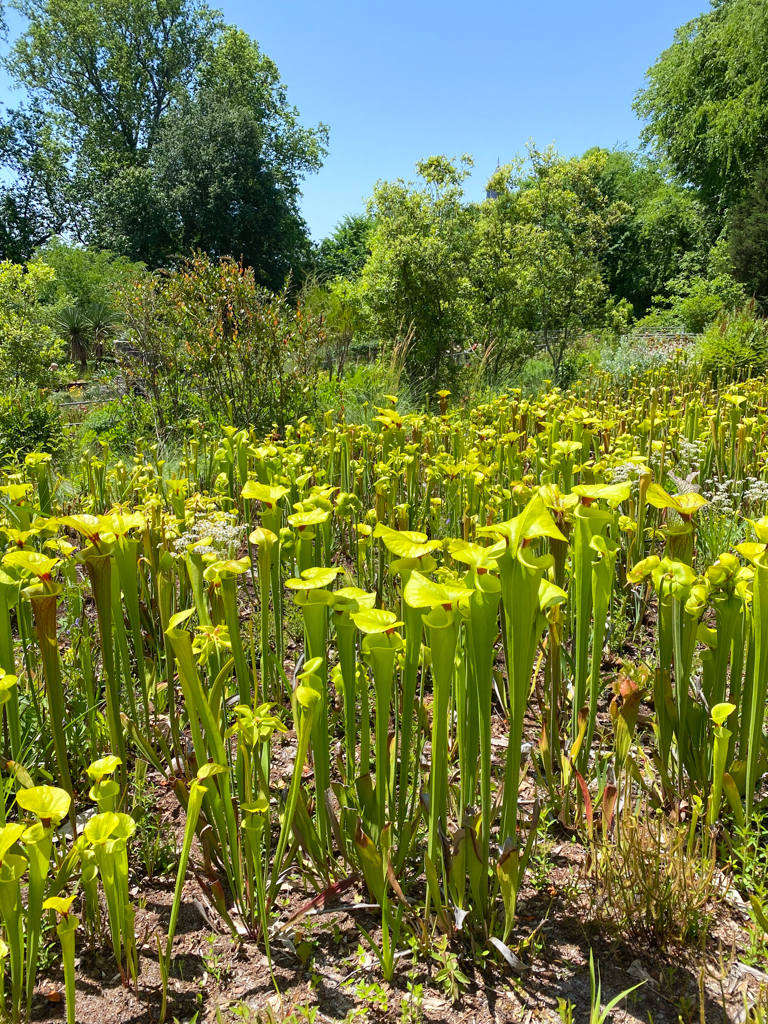
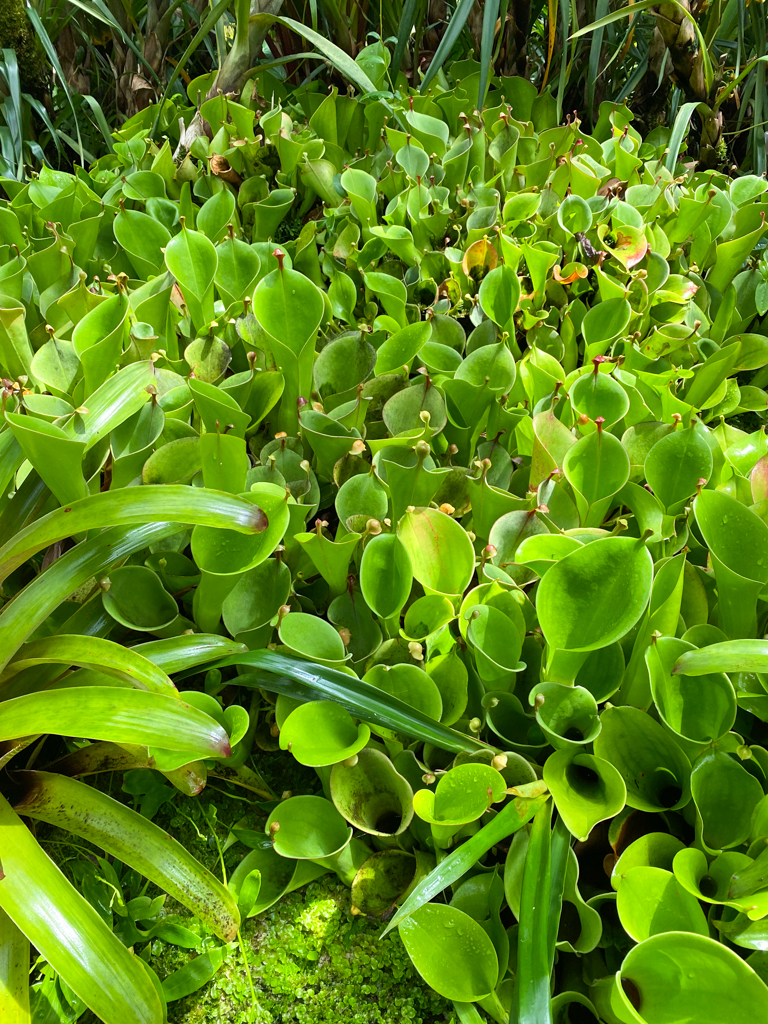
The Beltline
After spending the morning at the Garden, we walked to the start of the Beltline. The Beltline is essentially a paved walkway, on top of 22 miles of unused railway tracks. It connects several neighbourhoods, however, lots of fun and interesting things have popped up along the Beltline so it makes for a really fun walking experience.

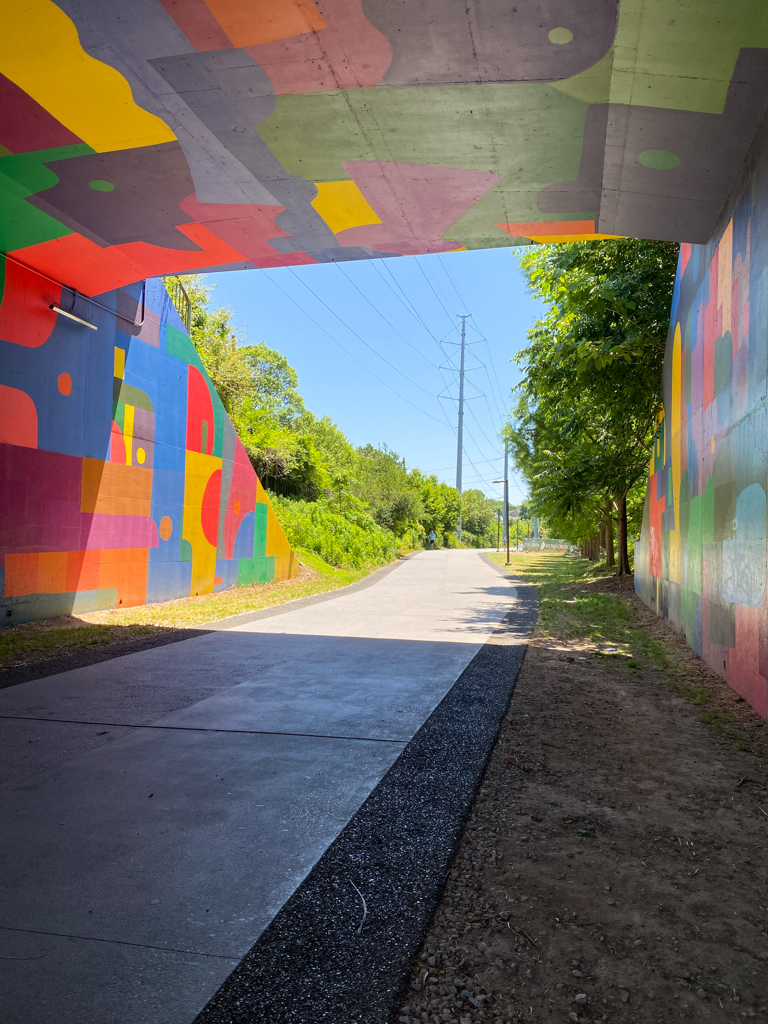
We walked the Beltline until we reached Ponce City Market. It’s a market with a food hall, shops and even apartments, converted from a historic Sears building. It had been Atlanta’s largest abandoned building for decades, so it’s great that something was finally done with it. The result is spectacular. There are so many fun and interesting shops as well as delicious food options.
For lunch, we went to a Cuban place. Victor had his first Cubano sandwich, and we also shared some smashed as well as fried plantains. We also went to a brewery that served takeaway beer so we could enjoy a drink with our lunch. Needless to say, Ponce City Market is a great place to take a break from the hot Atlanta sun, but also try some really yummy food!
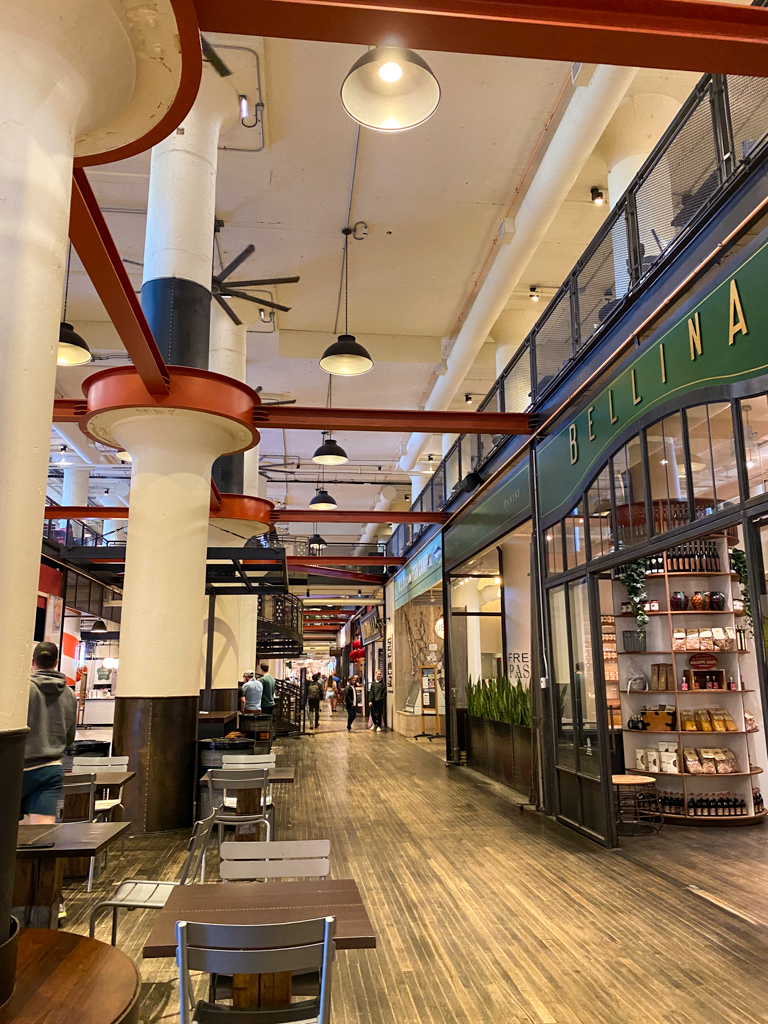
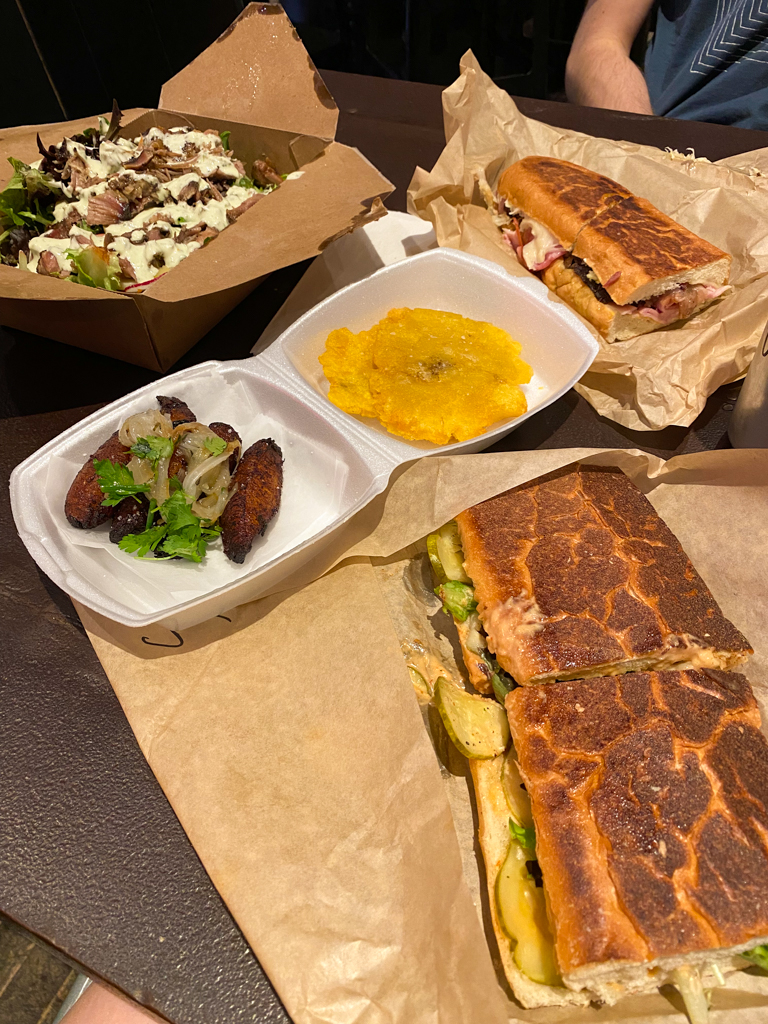
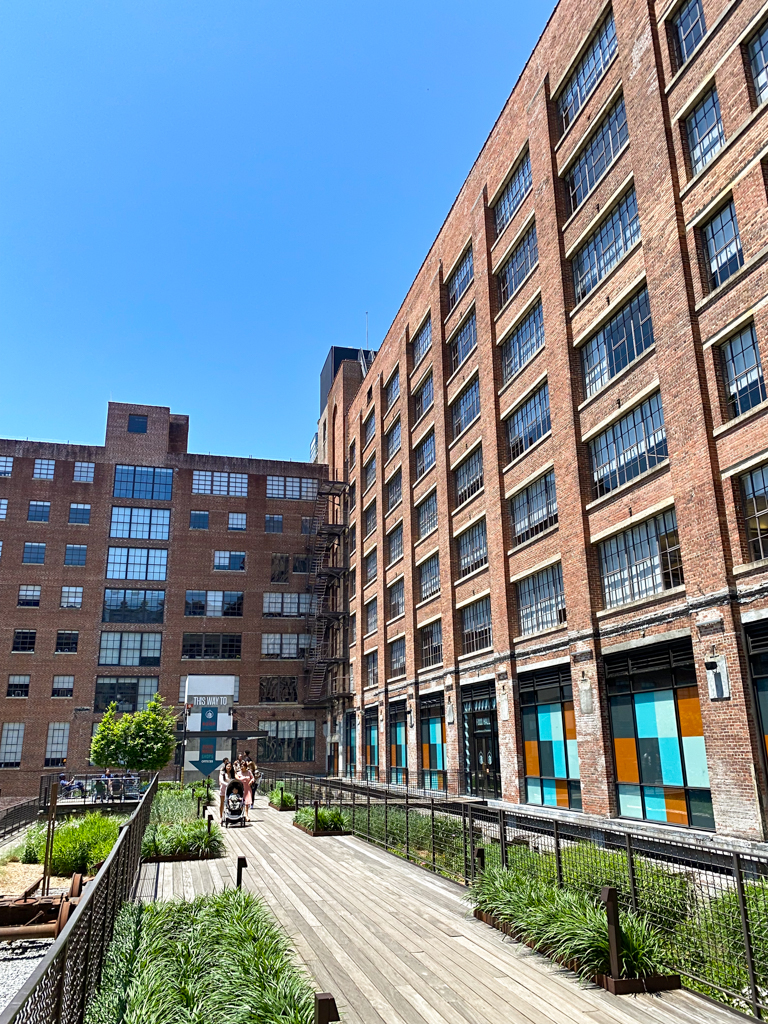

Noguchi
Before heading back to the suburbs, we stopped at the Noguchi Playscapes. Isamu Noguchi was an American artist and landscape architect. He has sculptures all over the globe, but this particular site is his only playground in the United States. The playground is a set of colourful, architectural, and flexible metal and concrete pieces set in Piedmont Park. It’s a really interesting artwork because you can tell Noguchi was really thinking about the best way to get children moving, thinking and exploring their environment.
I think of playgrounds as a primer of shapes and functions; simple, mysterious, and evocative; thus educational.
– Isamu Noguchi
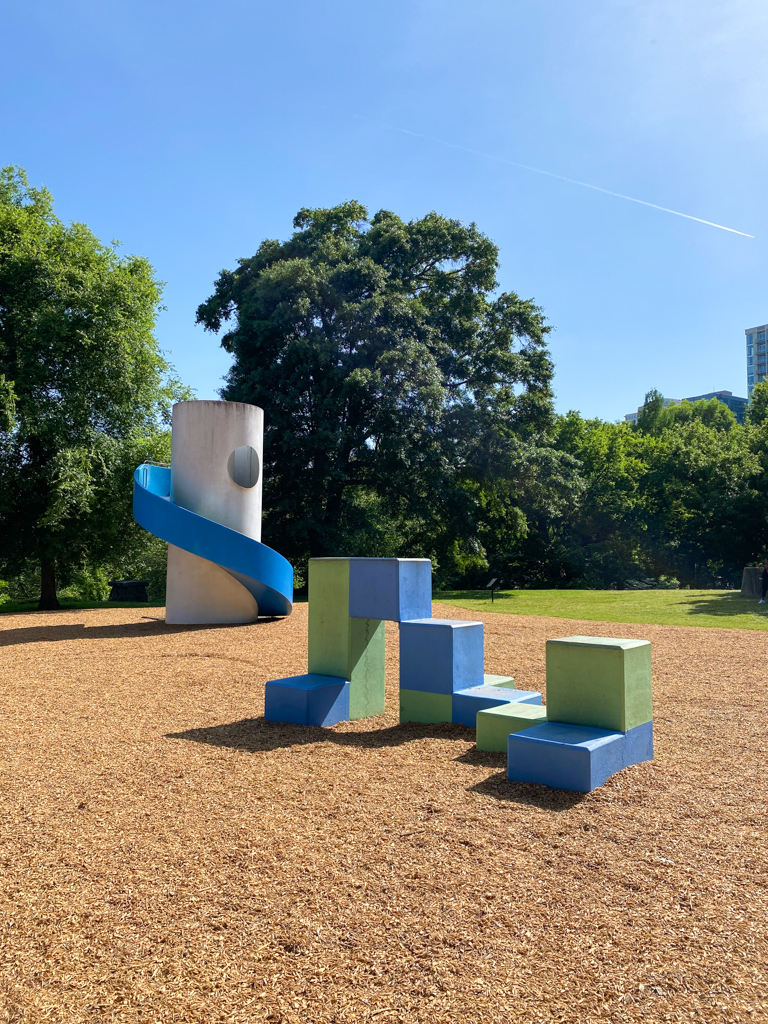

And so, with that, we said goodbye to Atlanta. It’s a great city and I look forward to continuing to explore it further someday. Of course, Atlanta is not everything Georgia has to offer. Stay tuned for my post about what else I got up to in the Peach State.
Have you been to Atlanta? How does it compare to other Southern cities?

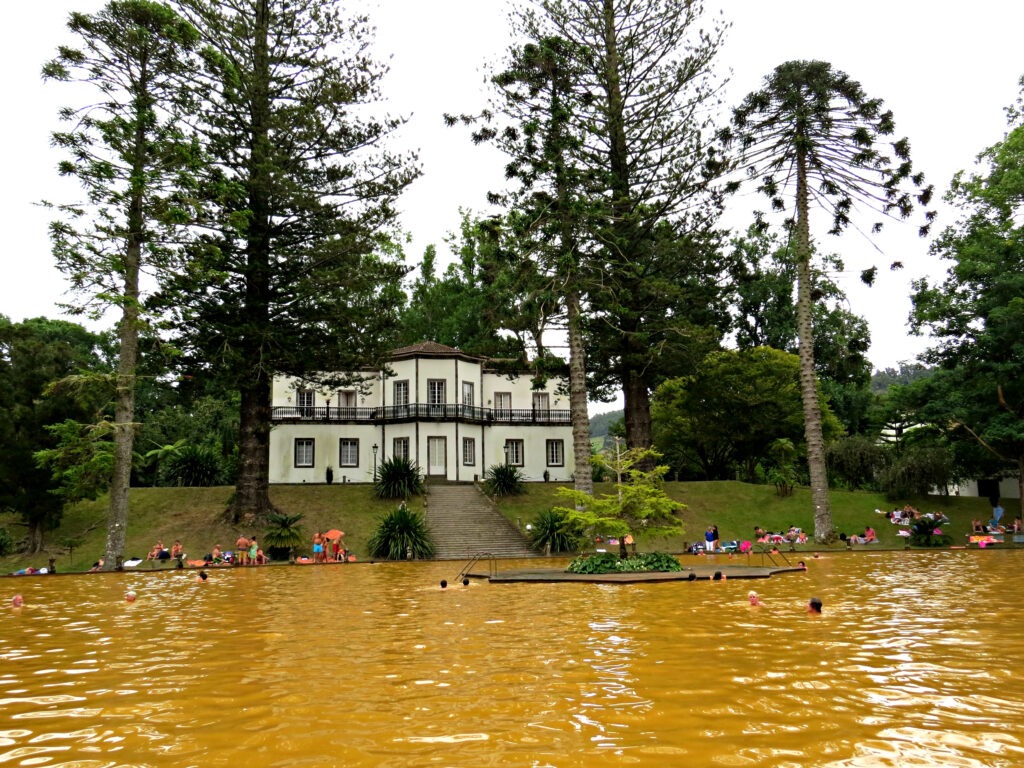
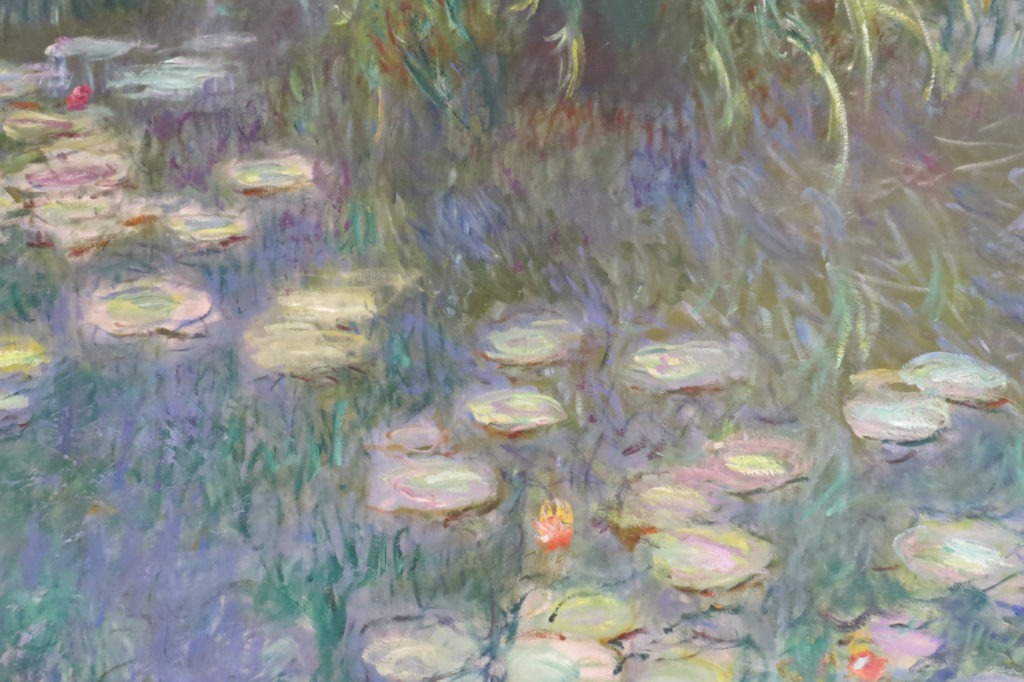

No Comments